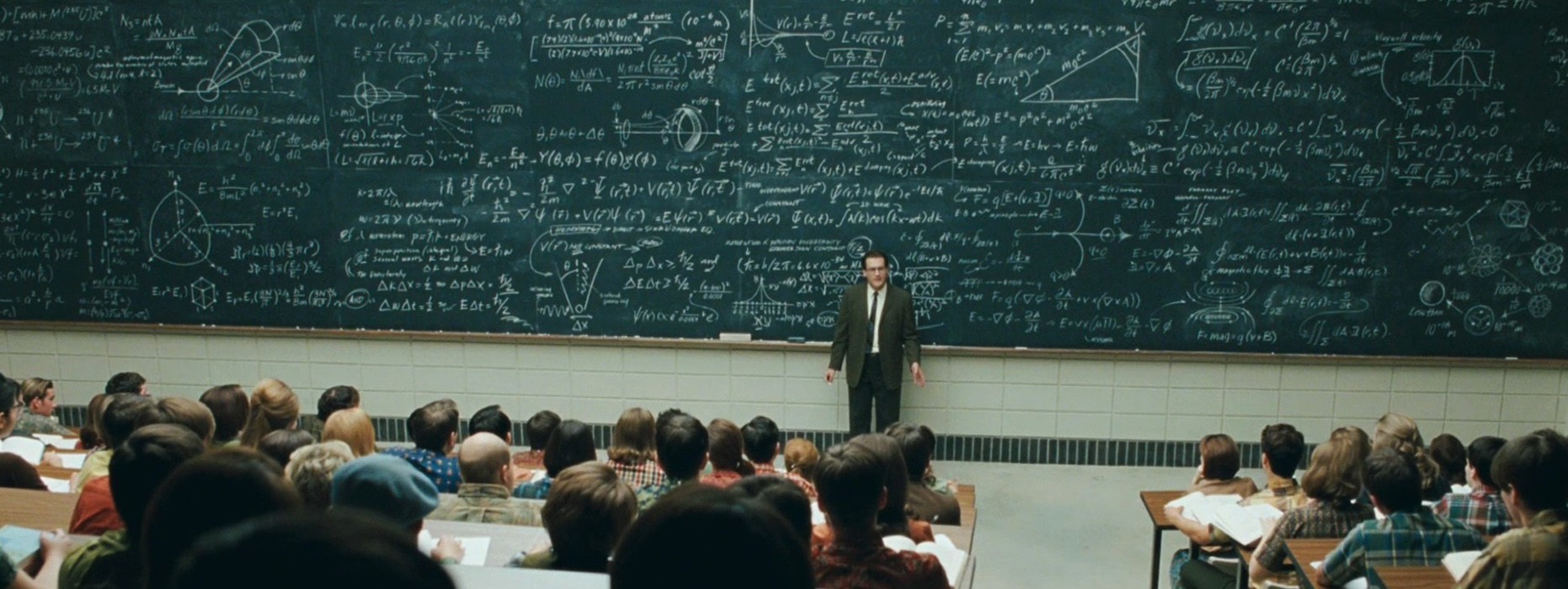Crafting a Course Outline, take 1
This week I’ve been putting a great deal of thought into teaching. This fall, I run my own course for the first time. And I’m extremely lucky, because it just so happens that the course I’ve been offered is the “Intro to Comics” 200-level survey in the English department here at Concordia.
I’ve never taken a graduate seminar that revolved around comics as a medium or as literature, and in my time at SFU I only ever got to take one 300-level undergraduate survey lecture. But I have seen the syllabi for several undergrad comics courses and spoken to many, many people who have taken undergrad comics courses. Guess what? They’re basically 90% the exact same reading list. If you tell me you took a comics course in your undergrad, I can probably tell you what you had to read for it. You obviously read Watchmen. If you read any other superhero genre book outside of this, it was probably The Dark Knight Returns. You read such other canon (ugh) works as Maus, Fun Home (not around when I took my undergrad course, but now a must-have), at least one volume of Sandman, something by Chris Ware like Jimmy Corrigan, Persepolis (that’s now arguably three works of memoir on this list), Understanding Comics, and something by either Seth or Chester Brown if you live in Canada. The Chester Brown book was probably Louis Riel. If you took an undergraduate English class on comics and did not see at least four of these on your syllabus, let me know your prof’s name so I can shake their hand.
This is the problem with comics studies as a field, at least in English lit. The field can’t grow because of the canon (something Bart Beaty has written about extensively and brilliantly in his book Comics vs. Art), which is small enough at this point that it constitutes little more than a list of token books every English professor under the age of sixty has read some of. They read them looking for themes and motifs and narrative devices and somehow miss all the medium-specific qualities of comics besides the fact that, hey, there are pictures in these books! Can anyone tell me why Spiegelman chose to represent Jews as mice and Nazis as cats? (Those aspects of the medium that do get examined all take McCloud as the only piece of theory that exists, but that’s a different rant entirely.)
Because of the extreme popularity comics is currently enjoying, every English department can’t scramble quickly enough to offer an undergrad comics course. But in this way the form is perhaps being exploited more than raised up. When I took my undergrad comics course, I’d already read half the works on the syllabus. I don’t want my students to have the same experience, because then they’re not expanding their horizons, just narrowing their focus (which a survey course should not do) and sorta kinda legitimizing their chosen reading. On the department level, it starts with offering a staple upper division comics course as well, so that the field is really being explored and not just toured. On the professor’s level, it starts with stepping outside of the most established books in the medium and looking at the medium rather than its canon. If we treat comics just like novels, we’ll miss the point entirely.
Of course, there are reasons that those token books are the ones that form the canon, from being the easiest to actually procure for a university bookstore to the fact that Watchmen is just a really good book for teaching about the postmodern superhero and the affordances of comics as a medium. The challenge is not finding replacements, but distancing yourself from the mindset of the canon in the first place. More on this next week.

